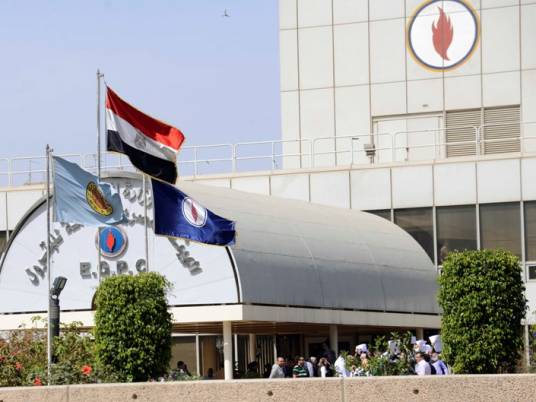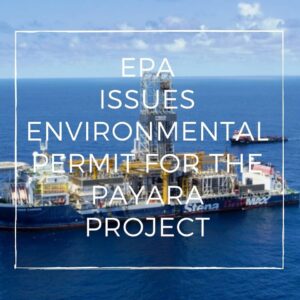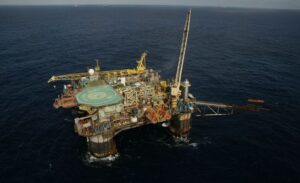
(Platts, 24.Sep.2020) — Africa’s gasoline demand is expected to support the gasoline markets of Asia and Europe as refinery outages in the African continent, together with a strong recovery in demand, draw more cargoes there, away from storage tanks in regional oil hubs.
The demand recovery was demonstrated by a string of fresh tenders from African buyers such as Astron Energy, Total South Africa and the Egyptian General Petroleum Corp, which according to open tenders seen by S&P Global Platts, has sought a total of around 326,000 mt of spot gasoline for October delivery, sharply higher compared with the estimated 70,000 mt to 100,000 mt it had sought for September.
At the same time, not all refineries in Africa have returned from maintenance — Astron Energy’s 100,000 b/d Cape Town refinery, Cameroon’s Limbe refinery, and Nigeria’s 125,000 b/d Warri refinery and 110,000 b/d Kaduna refinery — remain offline.
Given Africa’s healthy appetite for gasoline, market participants expect Middle Eastern produces to shift their attention away from Asia and focus on Africa instead.
“Cargoes to Africa typically come from the Middle East or the Mediterranean given the geographical ease of movement. Even then, if cargoes move from the [Middle East] to Africa, it just means fewer cargoes moving from the [Middle East] to Asia,” one Singapore-based source said.
Agreeing, another Asian market source highlighted that cargoes from the Middle East had arrived in Singapore in July and August.
“There was already the supply-side problem with China raising export volumes. It didn’t help that we were getting cargoes from outside Asia,” a second market source said.
The impact of tighter Middle East supply had already started to show in the week ended Sept. 7 when light distillate stocks at the port of Fujairah fell by its sharpest since Dec. 31, 2019, falling 18% week on week to 6.169 million barrels, Platts reported previously. Fujairah’s light distillate stocks have since risen to 6.658 million barrels in the week ended Sept. 21, the latest Fujairah Oil Industry Zone data showed.
The shortage even led to the rare gasoline flow — which market sources attributed to the replenishment of stocks — from Singapore to the Middle East, as the former exported 62,292 mt of gasoline to the latter over Sept. 3-9, Enterprise Singapore data showed.
SUPPORT FOR EUROPEAN GASOLINE
In Europe, the robust African demand will also buoy sentiment, helping the region to cope with domestic demand concerns that have arisen due to new movement restrictions across the continent.
Gasoline cargoes are known to flow from European refineries to the Middle East or the Mediterranean, for blending to finished grades, and then onward to African countries like Nigeria and Egypt.
As Europe’s summer holidays come to an end, weakening the demand outlook for gasoline and pushing the continent’s producers to look to West Africa as their key outlet for gasoline, the increasing African appetite will provide an added boost to demand for Europe’s gasoline.
In the week to Sept. 17, gasoline exports to Nigeria have resulted in the 5% drawdown in inventories at the Amsterdam-Rotterdam-Antwerp trading area.
Market sources said that gasoline demand is also healthy in Ghana as the monsoon season ends and intra-country travel increases, especially with the upcoming presidential elections in December.
Data intelligence company Kpler expects 12.83 million barrels of gasoline to be delivered from Northwest Europe to West Africa in September — 13.8% higher on the month and up 7% on the year — the highest volume since March.
Separately, market participants said that unusually high demand for gasoline cargoes in Egypt, of around six cargoes per month, has resulted in some supply-side tightness in the Mediterranean gasoline market. Egyptian refineries usually offer for sale around two prompt cargoes per month in the Mediterranean market.
This healthy appetite has buoyed the northwest European gasoline crack spread, which rallied during the first two weeks of September. The spread had risen from $1.35/b on Sept. 1, to $3.10/b on Sept. 22, and has averaged $2.89/b to-date in the third quarter, which is higher than the minus 40 cents/b the crack averaged during the second-quarter, when demand for refined oil products was in the doldrums.
__________
By Mark Tan and Joseph McDonnell

